Plastic Recycling Machine Products
Advantages of JianTai Plastic Recycling Machine Set
JianTai’s plastic recycling machine sets are widely recognized in the industry for their efficiency, innovation and reliable solutions. Below are six notable benefits of this equipment set
JianTai’s plastic recycling machines utilize advanced technology to process large quantities of plastic waste quickly, thus dramatically increasing production efficiency. This high-performance processing not only saves time, but also reduces energy consumption.
The JianTai Plastic Recycling Machine is capable of handling various types of plastic materials, including PE, PP, PVC, PS, PET, etc. This allows it to be used in a wide range of different industrial needs and greatly enhances the usefulness of the machine.
Designed with the environment in mind, JianTai’s regeneration machines effectively reduce waste and emissions generated during the regeneration process, meeting today’s stringent environmental standards and helping companies realize green production.
The machine set is equipped with an advanced automation system that allows for simplified and automatic control of operations, reduces manual handling errors and improves the overall safety and accuracy of the operation.
By using JianTai’s plastic recycling machines, companies can significantly reduce raw material and disposal costs, as the recycled plastic can be reintroduced into the production process. In the long run, this will bring considerable economic benefits to the business.
The design is humanized, the machine is easy to clean and maintain, while the operation interface is simple, easy for staff to learn and master quickly, reducing the machine failure caused by improper operation.
Jiantai Plastic Machinery Co., Ltd. was born in 2005 in Zhejiang, China. Due to our surrounding geography and supporting facilities, we are more specialized in the field of plastic machinery industry because we have an industrial chain specializing in plastic molds and plastic machinery in Yuyao, Zhejiang Province, so this city exports a large number of plastic machinery and plastic machinery abrasives every year.
If you feel unstable or otherwise confused about the plastic recycling machine, let me tell you that through years of accumulated experience and years of version changes, our plastic recycling machine has grown from a plastic dashboard machine to a PLC machine now. We have spent twenty years of effort on functional control, which includes the efforts of all employees in JianTai company. We control the quality of plastic recycling machines extremely strictly, because we know that what we are striving for is what users expect from us, and all our parts are made of the best. Of course, we also support providing customized services to users.
For supporting equipment related to plastic recycling machines, we also provide user customization. If the user wants to add other equipment, we will debug it before shipment to achieve the most satisfactory effect and deliver it to the user.

Plastic Pelletizing Machine
Manufacturing quality plastic pellets for higher profits
Plastic pelletizing machines play a vital role in the production of high-grade plastic pellets that not only increase profitability, but also help you earn the trust of your customers. Find out how our energy-efficient pelletizers can help ensure the success of your recycling business.
“Choosing JianTai’s plastic recycling machines was one of the best decisions we’ve made for our business. Their equipment is not only efficient but also incredibly user-friendly. We’ve seen a significant reduction in waste and production costs since implementing their solutions.”

Customer Feedback
John D. – Eco-Friendly Packaging Company
Videos of our plastic recycling machines
PP PE plastic crusher/pelletizer/ldpe pelletizer
A PP PE plastic crusher/pelletizer, often combined with an LDPE pelletizer, is a crucial component in the recycling of polypropylene (PP), polyethylene (PE), and low-density polyethylene (LDPE) plastics. These materials are commonly used in various products, including packaging films, containers, and bottles. The recycling system generally involves several steps to convert plastic waste into reusable pellets.
200-250kg/h output PE PS EVA plastic films/bags pe plastic pelletizer
The PE PS EVA plastic film/bag pelletizer with a capacity of 200-250 kg/h is an advanced recycling machine designed to process a wide range of plastic materials including polyethylene (PE), polystyrene (PS), and ethylene-vinyl acetate (EVA). This machine is particularly effective in handling plastic films and bags, converting them into high-quality pellets that can be reused in various manufacturing processes.
EPE, EPS pelleting two stages Machines
EPE (Expanded Polyethylene) and EPS (Expanded Polystyrene) are two types of foam plastics widely used for packaging, insulation, and various consumer products due to their lightweight and thermal resistant properties. Pelleting machines designed for these materials typically feature a two-stage process to efficiently recycle this type of waste into reusable pellets. The two-stage pelleting machine is crucial for ensuring the integrity and quality of the recycled product.
Plastic Recycling Machine
WE WELCOME ALL TYPES OF PLASTIC RECYCLING PROJECTS BIG OR SMALL!
Our goal is to manufacture plastic recycling machines you can depend on day after day. Whether you require just one piece of machinery or our complete recycling lines, our experienced staff is ready to offer customer-oriented solutions that fit your plant’s every need.
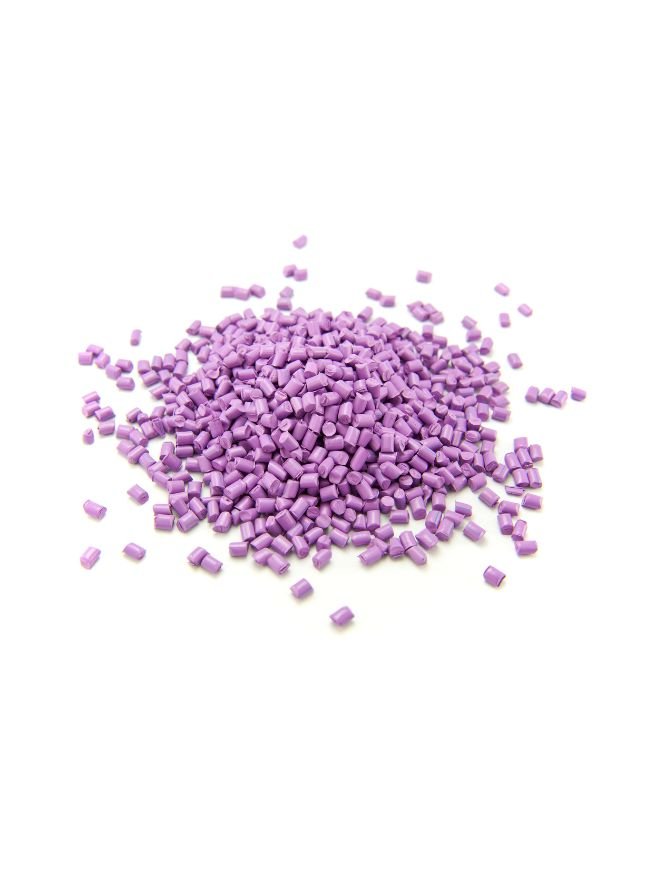

What materials can be made by plastic recycling machines?
Due to the diversity of plastic materials, although we support many types of plastic scrap for plastic regeneration, we do not support all plastics through a machine for plastic regeneration, we are more supportive of a machine to meet the regeneration of 2-3 types of plastics, we support plastic scrap materials are HDPE, PET, PP/PE , PVC, PA, EVA.
Questions about Plastic Recycling Machine
Through a Wikipedia search, we know that plastic recycling machines are a technology that can reprocess plastic waste and reuse it.
The collected plastic waste is filled through the loading barrel, and the screw is rotated under high temperature to slowly turn the plastic waste into a viscous state. In this state, the cooling water tank is used to quickly cool down, which can make the plastic Waste products slowly turn into plastic particles.
Plastic recycling machines are divided into single screw and twin screw. Our Jiantai currently supports single screw and bipolar screw (upper and lower plastic extrusion machines to complete the removal of impurities from plastic waste)
Using a plastic recycling machine can bring you monetary benefits. Of course, it is more about protecting your local environment and avoiding being polluted by plastic waste.
Of course, although the current technology is very mature, I think there is still a lot of room for technical improvement in plastic recycling machines, such as fully intelligent control of the machine through AI and the stability of plastic pellet production.
Plastic Recycling Machine User’s Guide
Recycling plastic is essential for sustainability and protecting the environment. This guide covers how to use a plastic recycling machine effectively, detailing its components and explaining the necessary safety protocols. By following these instructions, you can turn plastic waste into valuable reusable materials.
Getting to Know Your Plastic Recycling Machine
Machine Components
Feeding System: This part handles the initial intake of plastic waste. It’s equipped with either a conveyor belt or a hopper that guides the plastic into the next processing stage. Shredder/Grinder: This vital component breaks down the plastic into smaller fragments, preparing it for further processing. Extruder: Here, the shredded plastic is heated and blended into a uniform, molten form, ready for shaping. Screen Changer: This feature removes any impurities from the molten plastic, ensuring the purity of the final product. Die Face Cutter: This tool shapes the molten plastic into uniform pellets or granules, which are immediately sent for cooling. Cooling System: The system cools the formed pellets, typically through a water bath or air cooling, to solidify them. Collection System: This is the final stage where the processed plastic is gathered, often in bags or containers, for subsequent use or sale.
Types of Plastic Suitable for Recycling
Most machines are capable of processing various types of plastic, including PET (polyethylene terephthalate), HDPE (high-density polyethylene), and LDPE (low-density polyethylene). It’s important to check the machine’s specifications for compatible plastic types.
Setting Up the Machine
Installation
- Location: Choose a well-ventilated area with sufficient space for operation and maintenance.
- Electrical Connections: Ensure the machine is properly connected to a power source that matches its voltage requirements.
- Water Supply and Drainage (if applicable): Connect to an appropriate water source if your machine uses a water cooling system.
Safety Checks
- Emergency Stops: Familiarize yourself with the locations of all emergency stop buttons.
- Safety Guards: Check that all safety guards are in place and secure.
- Inspections: Regularly inspect hoses, connections, and electrical components for signs of wear or damage.
Operating the Machine
Pre-Operation Checklist
- Ensure all safety equipment is functional.
- Check that the machine is clean and free from any previous batch residue.
- Confirm that the feeder and collection bins are properly aligned and secure.
Running the Machine
- Feeding the Plastic: Gradually feed the plastic waste into the machine. Avoid overloading to prevent jams.
- Monitoring: Keep an eye on the machine’s operation, watching for any signs of malfunction or unusual noises.
- Adjustments: Use the control panel to adjust temperatures, speeds, and other settings as needed.
Post-Operation and Shutdown
- Cleaning: Thoroughly clean the machine to remove any leftover plastic or debris.
- Inspection: Perform a quick inspection to ensure all parts are in good condition.
- Shutdown: Follow the shutdown procedures outlined in the machine’s manual to ensure all components are properly turned off.
Maintenance
Routine Maintenance
- Lubrication: Regularly lubricate moving parts to reduce wear and tear.
- Blade Sharpening: Keep shredder/grinder blades sharp to ensure efficient operation.
- Filter Cleaning: Clean or replace filters regularly to maintain optimal performance.
Troubleshooting
- Jams: If the machine jams, turn it off immediately and clear the blockage using the provided tools.
- Noise: Unusual noises may indicate loose parts or debris. Inspect and clean the machine.
- Temperature Issues: If the machine overheats or fails to heat properly, check the heating elements and thermostats.
Safety Protocols
Personal Protective Equipment (PPE)
- Gloves: Wear durable gloves to protect against cuts and burns.
- Eye Protection: Safety goggles are essential to shield your eyes from flying particles and heat.
- Ear Protection: Use earplugs or earmuffs to protect against prolonged noise exposure.
Emergency Procedures
- Fire: Keep a fire extinguisher nearby and familiarize yourself with its use.
- Injury: Have a first aid kit accessible and know basic first aid procedures.
- Evacuation: Know the evacuation routes and procedures in case of an emergency.
Conclusion
Operating a plastic recycling machine effectively requires understanding its components, proper setup, and adherence to safety standards. Regular maintenance and careful operation will ensure the machine’s longevity and performance. By following this guide, you can contribute to the recycling process, helping to

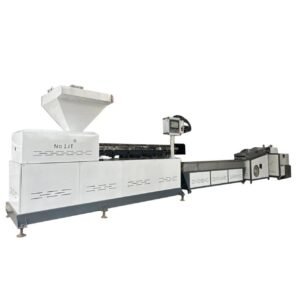

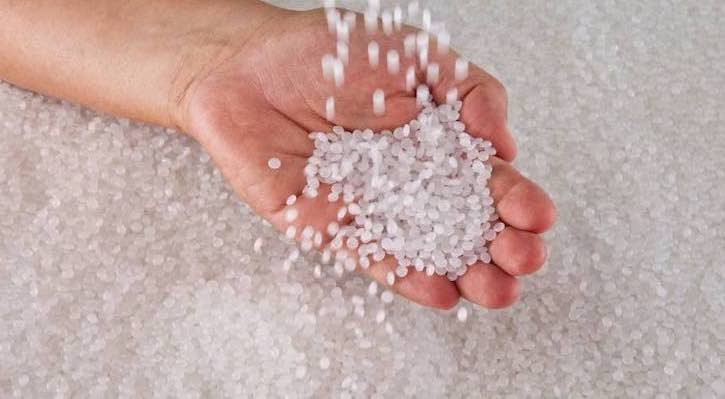
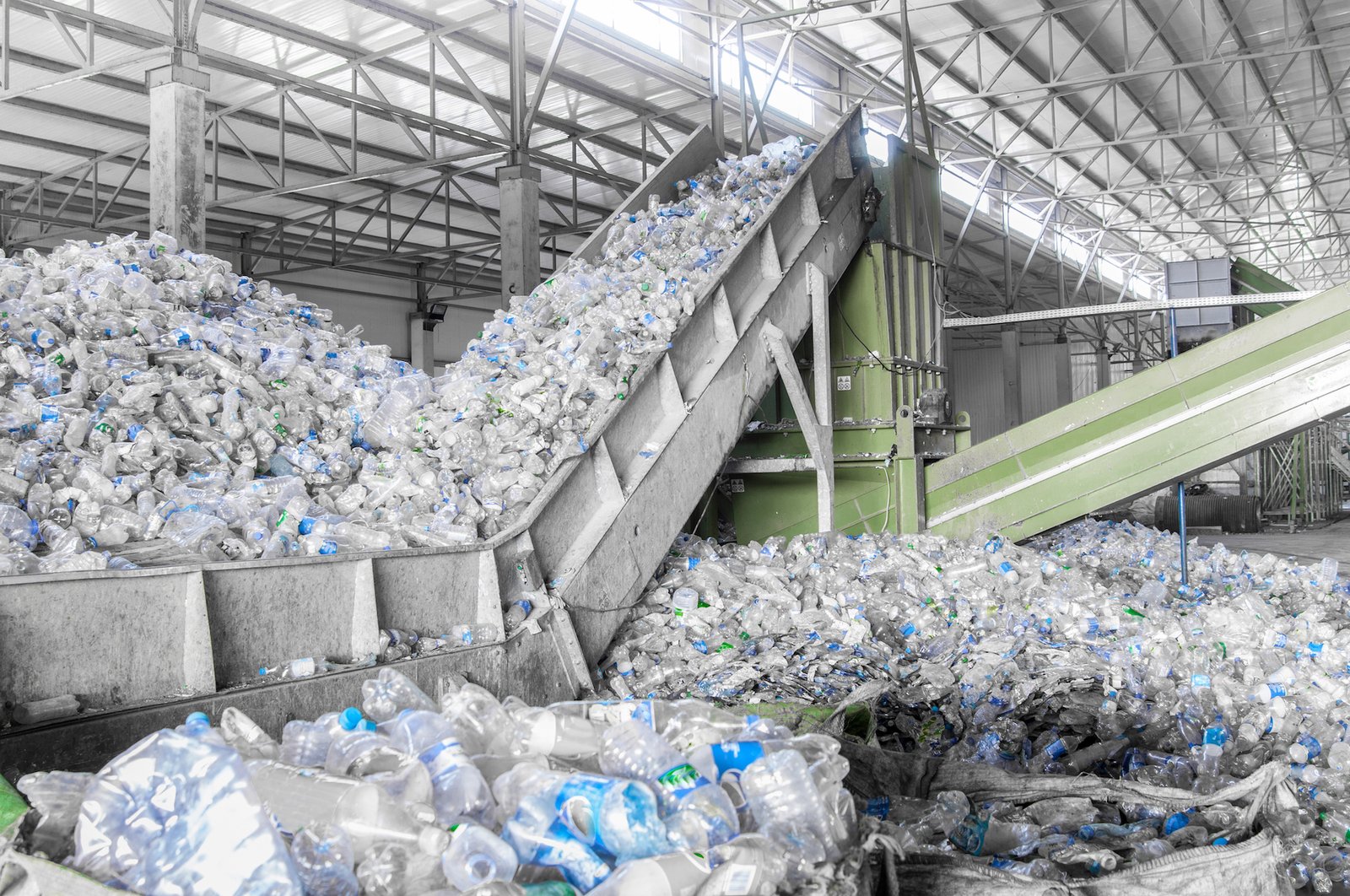
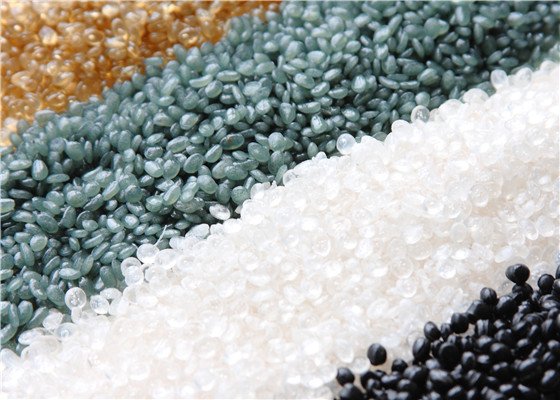
social approvalt Plastic Recycling Machine